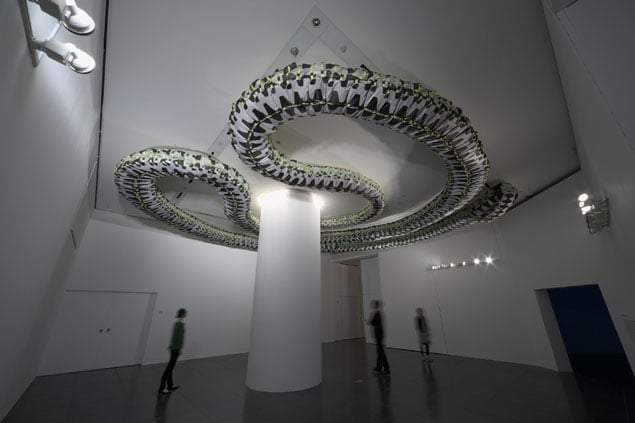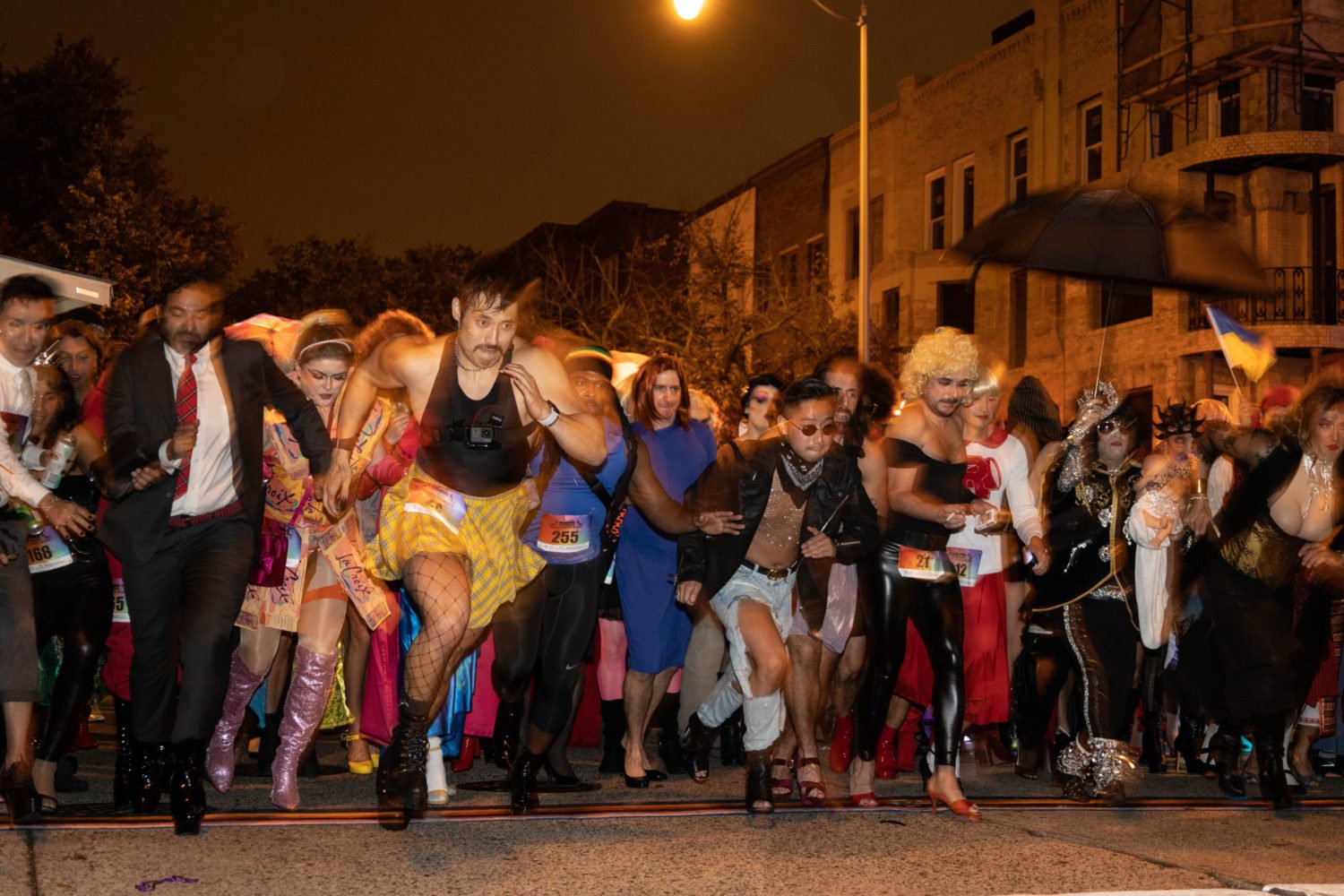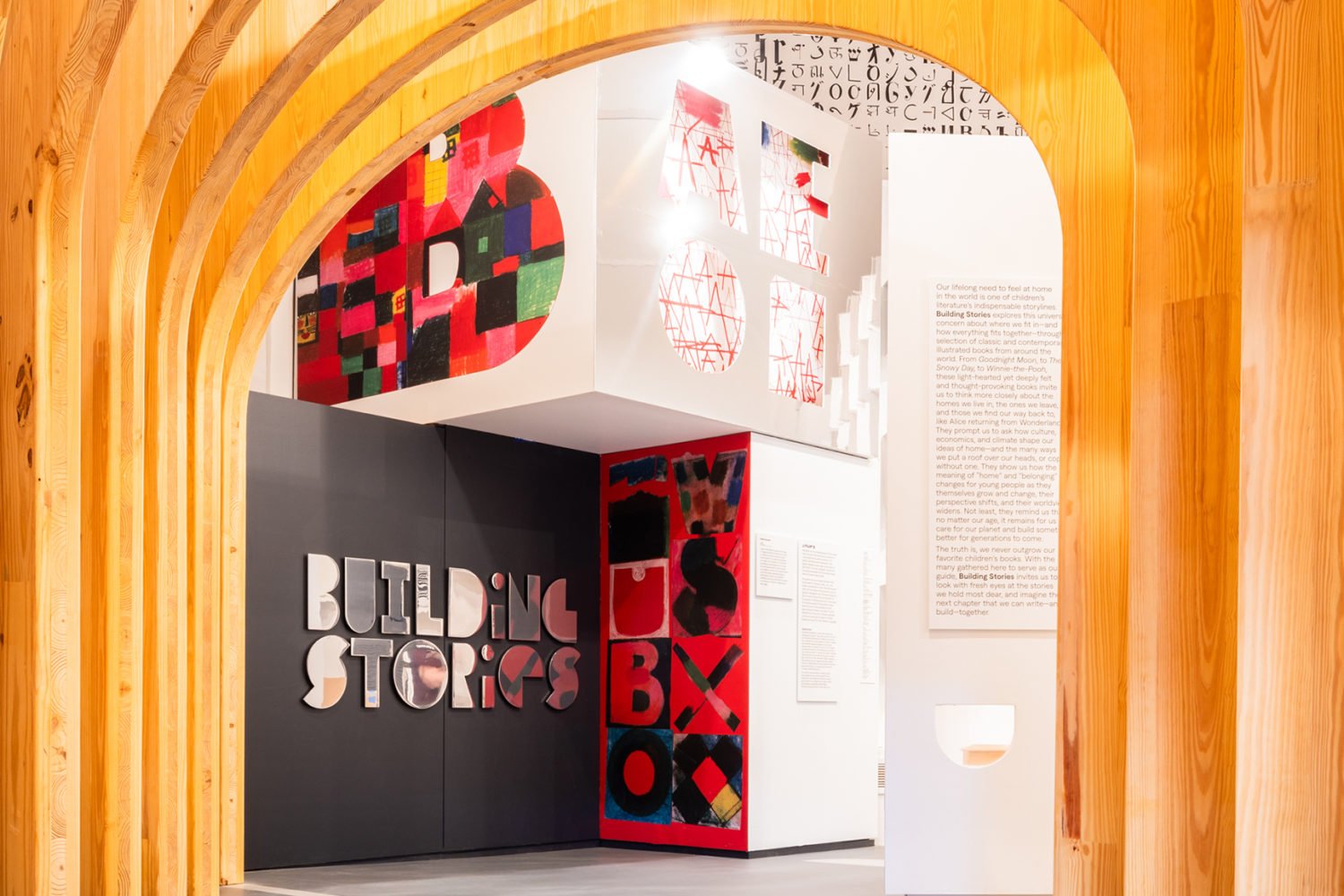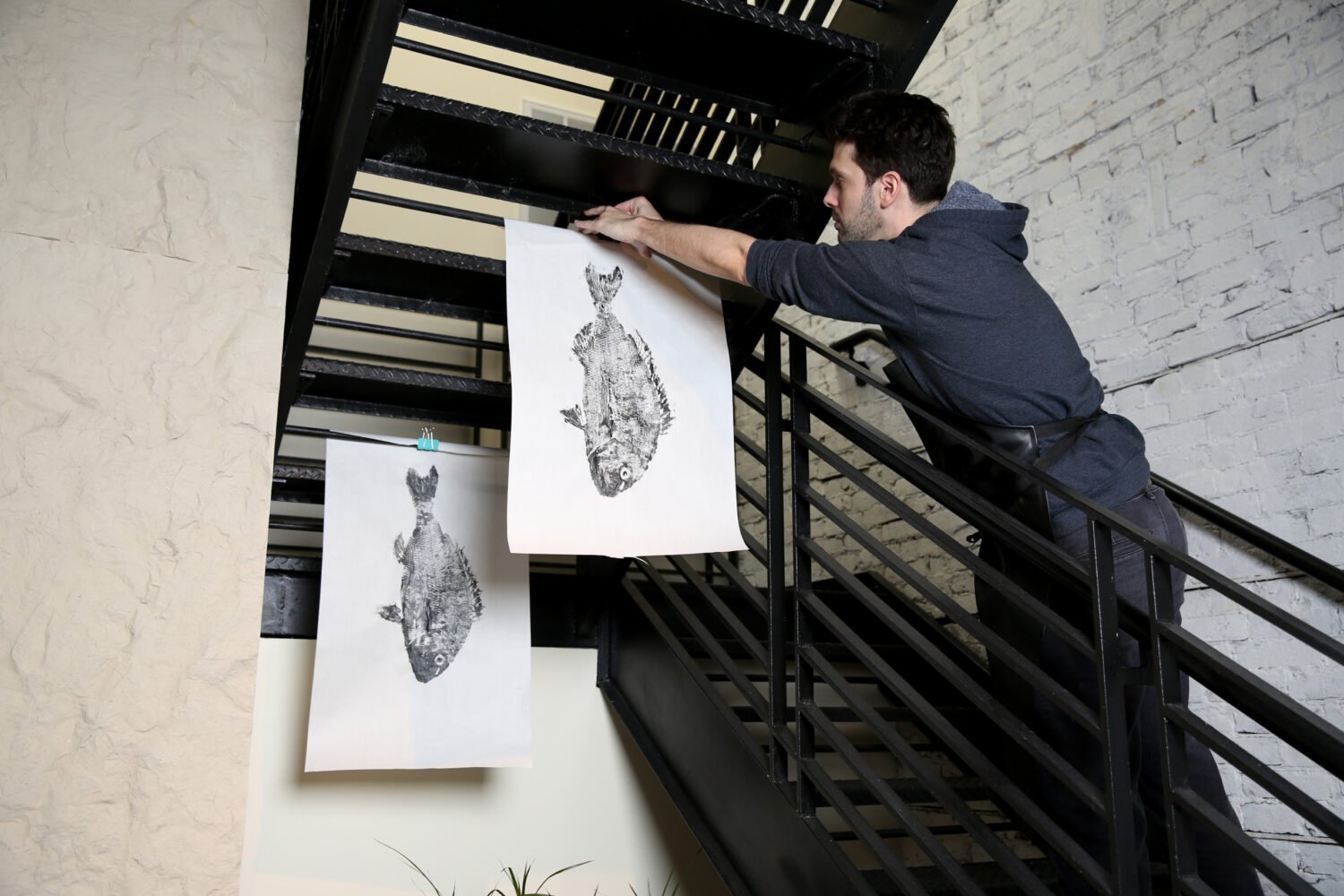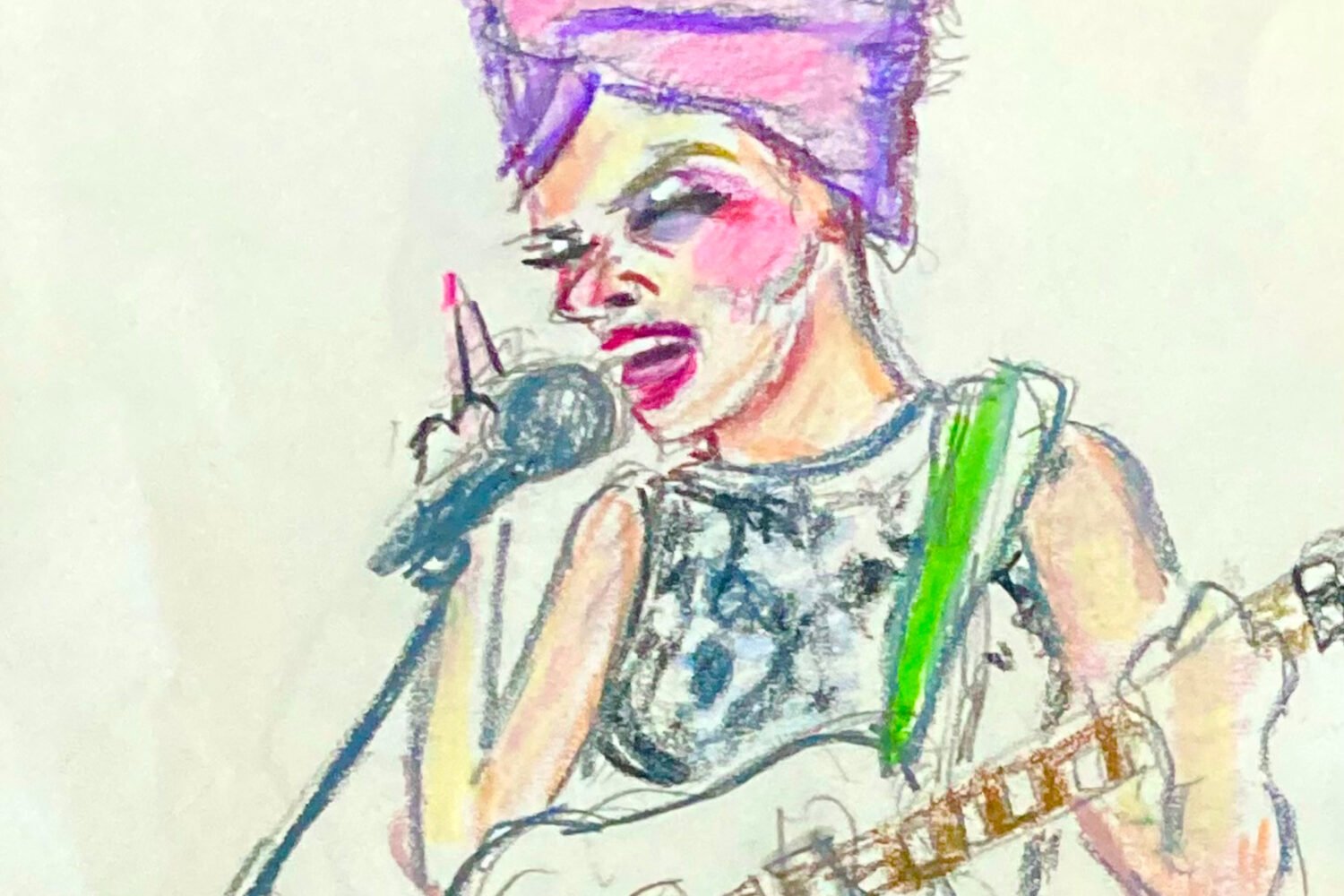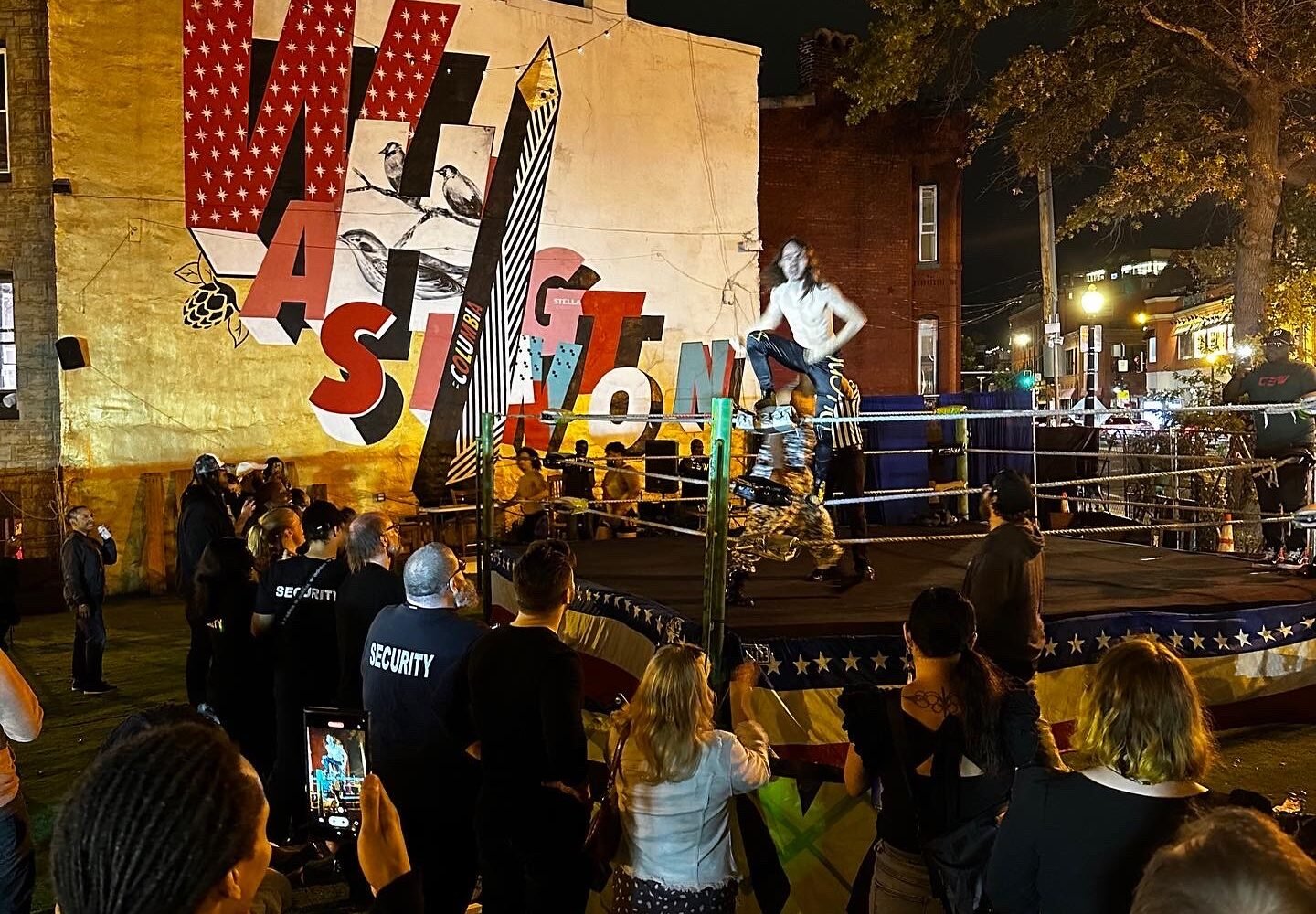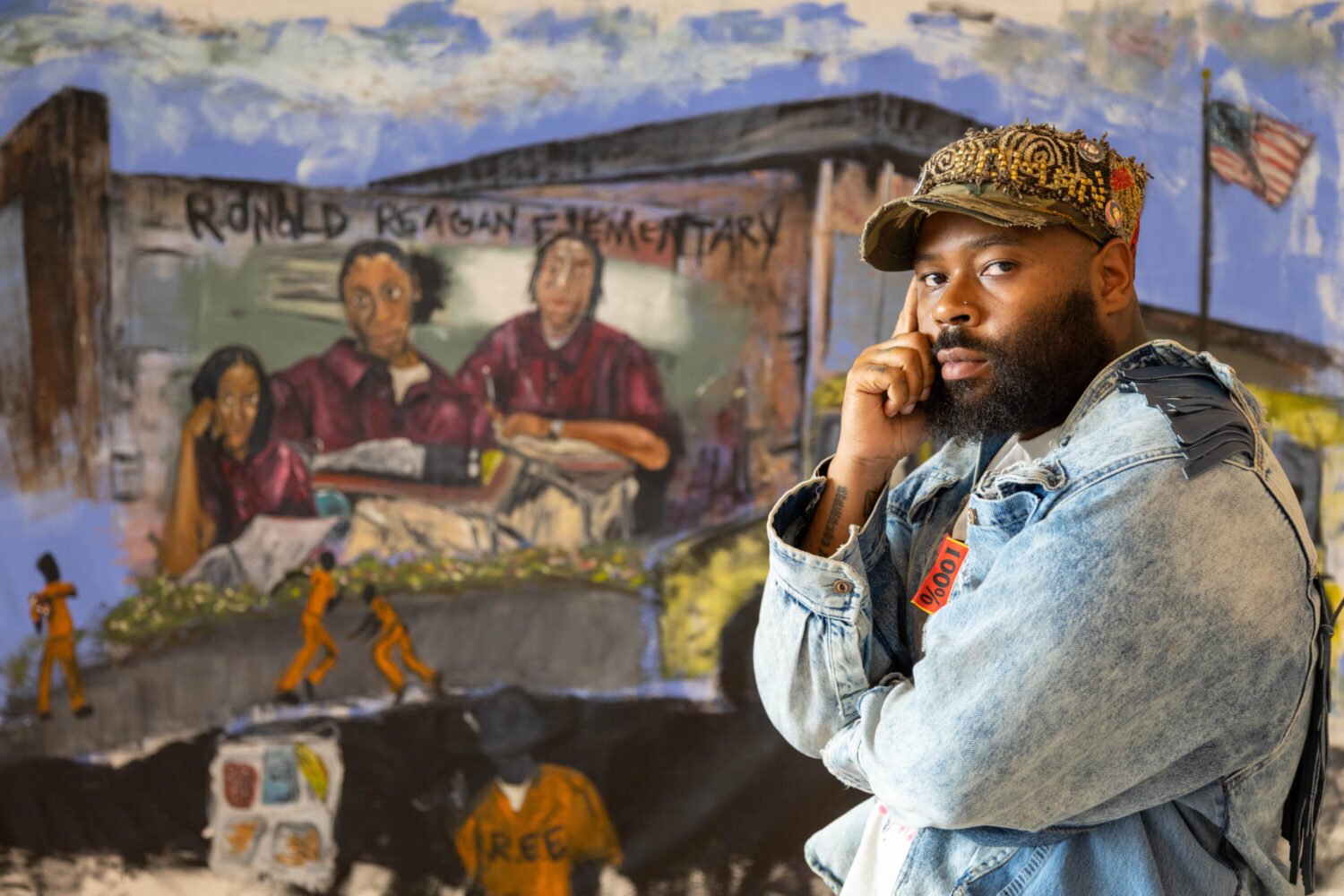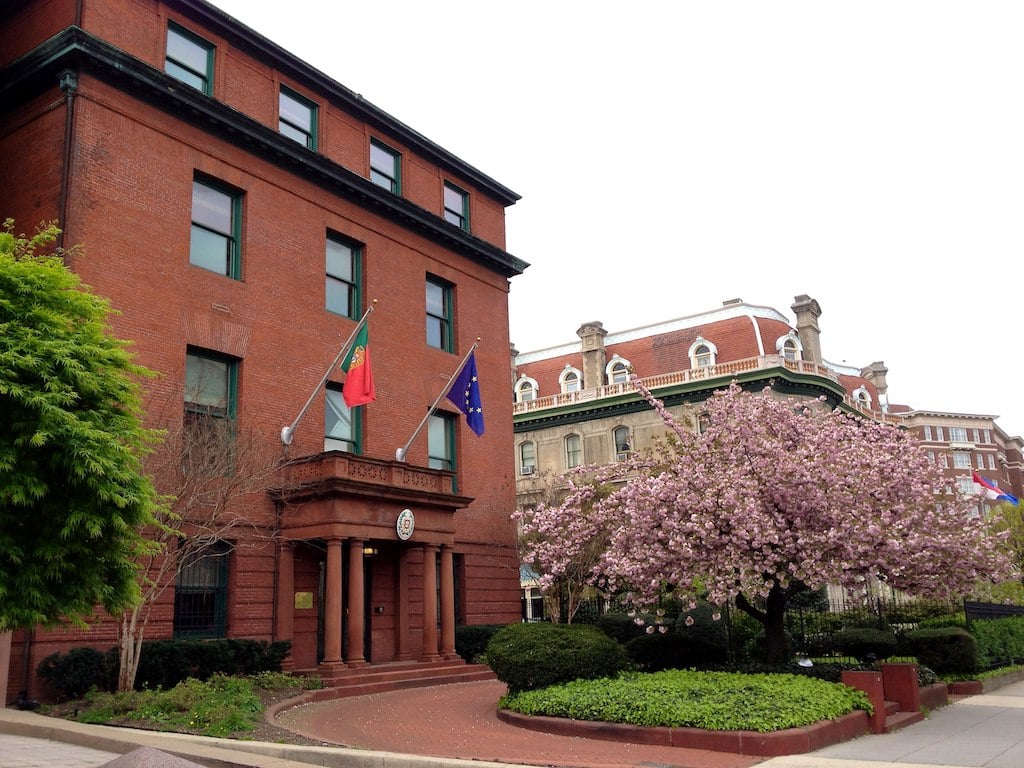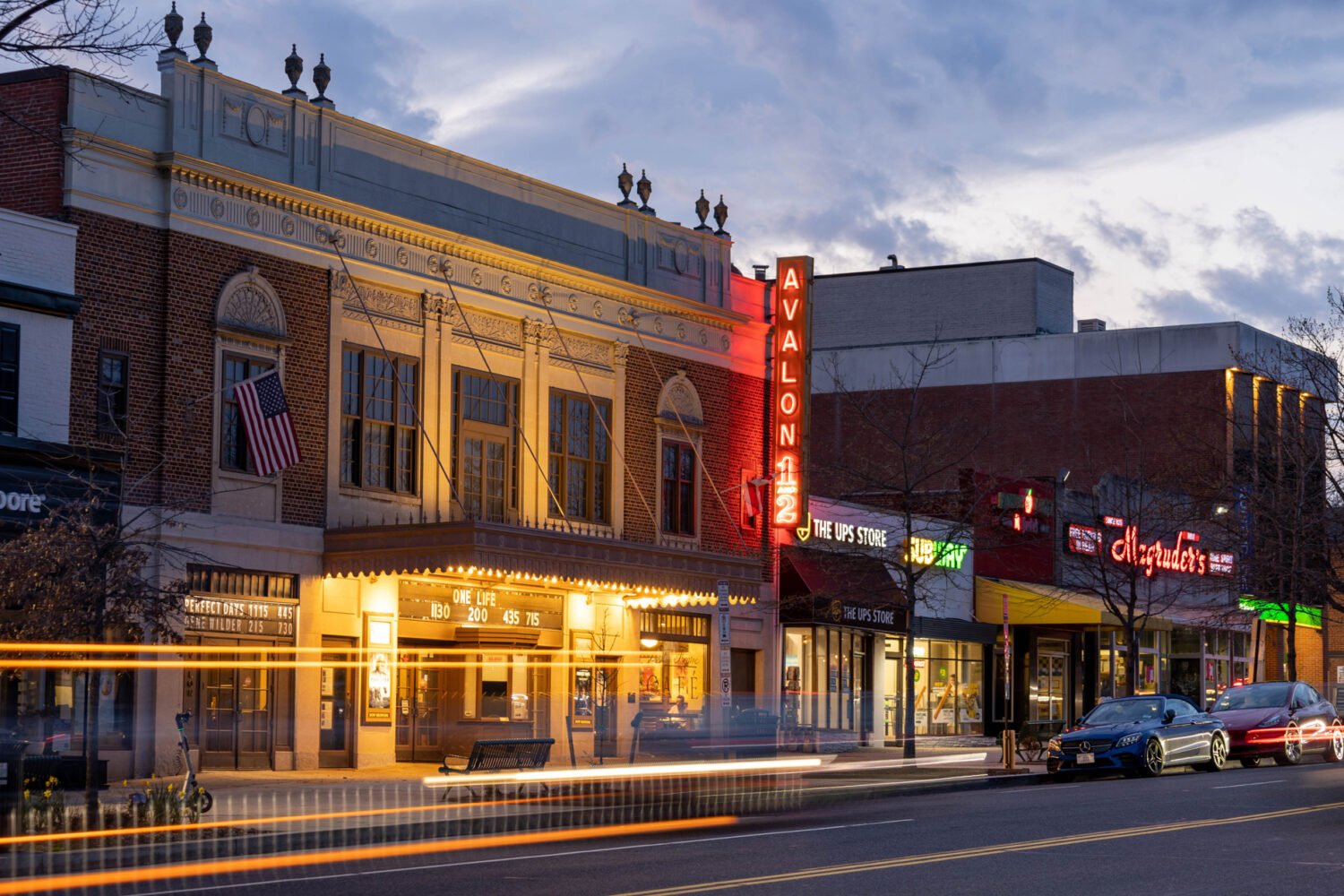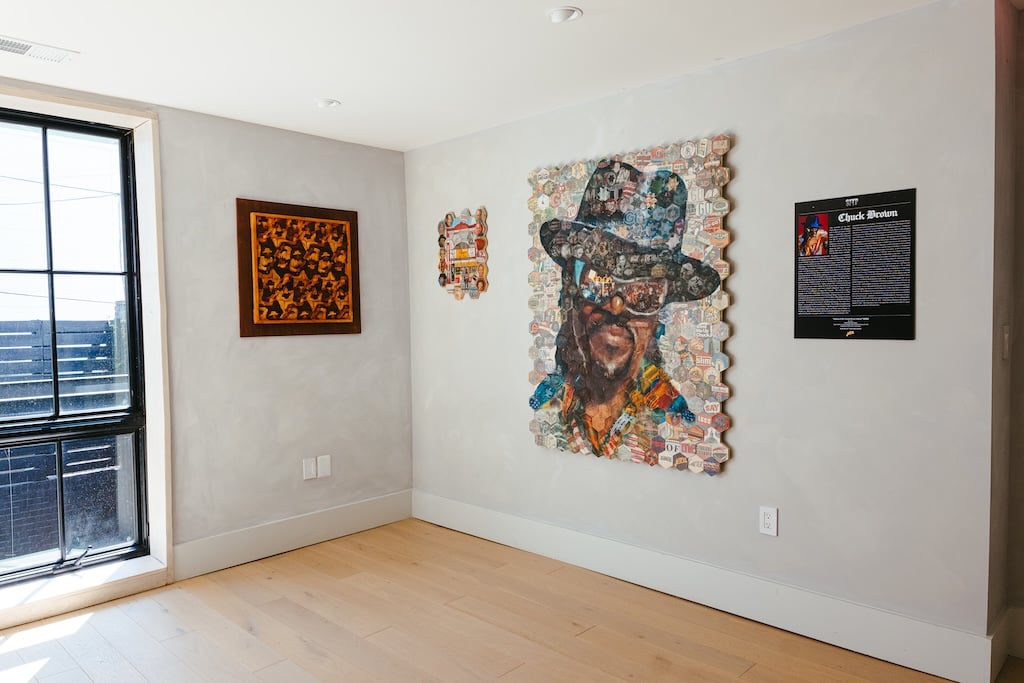It’s probably fair to say that few contemporary art exhibitions these days require
their own liaison at the State Department. But when you’re dealing with an artist
like
Ai Weiwei, whose status as a thorn in the backside of the Chinese government is only rivaled
in magnitude by the hero worship he gets from the Western art establishment, the lines
between art and diplomacy can become a little blurry.
Ai—contemporary artist, dissident, Internet celebrity, cult figure—is nothing if not
a bundle of contradictions, but he’s also as much a part of his body of work as anything
he’s produced in the past 30 years. The blurry 2009 iPhone photo he took of himself
surrounded by police in an elevator is one of his masterpieces, as is a scan of his
brain revealing bleeding (the result of being beaten while in police custody). The
perfect artist for our oversharing, overpopulated Internet age, Ai the personality
is impossible to distinguish from Ai the conceptual artist. A single piece of his
work, taken out of context, can feel hollow, or flashy, or even meaningless.
Context isn’t a problem in “Ai Weiwei: According to What?,” the artist’s first major
American retrospective. The show, which opens at the Hirshhorn this weekend, is based
on an exhibition that opened at Tokyo’s Mori Art Museum in July 2009, shortly before
Ai was arrested and beaten by the police after trying to testify on behalf of a fellow
activist. The past three years have been calamitous in many ways for Ai: He’s been
declared a pervert and a deviant by the Chinese authorities, his blog has been shut
down, and he was imprisoned for three months and hit with a $2 million fine for “tax
evasion.” The government also took away his passport, which is why he’s currently
sequestered in China instead of basking in glory in DC.
“According to What?” addresses all these incidents and more, and while the artist’s
oversize presence is missed, it’s impossible to say it isn’t felt. His words are inscribed
on the walls of the Hirshhorn’s undulating second-floor gallery, and he appears in
countless photographs throughout the show, whether posing naked as a twentysomething
in New York City, flipping off Tiananmen, or dropping a priceless Han Dynasty urn
on the ground with an inscrutable expression on his face. He’s also issued a statement
to the Hirshhorn in which he speaks frankly about current circumstances. “I’ve experience
dramatic changes in my living and working conditions over the past few years, and
this exhibition has been an opportunity to reexamine past work and communicate with
audiences from afar,” it states.
The show starts, ironically enough, with images of the “Bird’s Nest,” the stadium
Ai helped design for the 2008 Beijing Olympics, and “Divina Proportione” and “F Size,”
two geometric sculptures made from huali wood. It’s an introduction that seems to
emphasize Ai’s love for design and form, two qualities that feel incompatible with
his irrepressible iconoclasm, and it begs us to wonder what he might have become had
circumstances not shepherded him towards activism. An architect? A sculptor? Isamu
Noguchi?
Of all of the events that seem to have influenced Ai, the 2008 Sichuan earthquake
is probably the most significant, and its presence in the show is ghostly. At the
top of the second-floor escalator is “Remembrance,” in which a voice reads the names
of the students who died that day, buried under the remnants of shoddy “tofu” construction.
The recording lasts more than three and a half hours. In the corridor overlooking
the Hirshhorn’s central courtyard, a gaudy, bright green snake stretches around the
ceiling. It takes a good minute or so to realize it’s fashioned from hundreds of children’s
backpacks.
Inside the exhibition, black-and-white photographs reveal the devastation from that
day, and “Straight,” a vast collection of 38 tons of steel rebars salvaged from collapsed
buildings, hints at the scale of the tragedy. In the same room, “He Xie,” an assembling
of 3,200 porcelain crabs in brown, gray, and orange, pays homage to the party Ai threw
in 2010 to celebrate the government’s destruction of his studio—although Ai himself
was under house arrest at the time, a group of his followers feasted on crabs to mark
the occasion (“river crab” in Chinese sounds very similar to “harmony,” one of the
government’s official slogans).
Without the crabs, it would be harder to discern a sense of Ai’s overarching sense
of humor, visible in “Zodiac Heads,” the cartoon-friendly bronze sculptures that decorate
the Hirshhorn’s central courtyard, and “Coca-Cola Vase,” in which he painted a neolithic
vase with the world-famous beverage logo in bright silver lettering. Ancient and modern,
priceless and mass-produced—these are constructs Ai demolishes, placing thousands
and thousands of freshwater pearls in two giant bowls and forming 40 antique stools
from the Qing dynasty into a shape that looks something like a prickly smile.
Ai’s arrest last year was widely protested by factions
including art lovers, champions
of free speech, and, oddly, blackjack
players,
who got to know the artist during his gambling days in Atlantic
City in the ’80s and
’90s. The artist, in other words, is a messy, contradictory
mishmash of opposing qualities—heroic
activist and relentless joker, art icon and naked star of his
own photoshoots. “I
see it as a stream of activities rather than a fixed entity,”
he says of the exhibition,
which he is also thrilled to have displayed in Washington, the
political capital of
the world. Perhaps it’s appropriate, then, that one of the
show’s final images is
of him giving the finger to the White House—both a dismissive
gesture and a reverent
thank-you to the land of free speech.
“Ai Weiwei: According to What?” is at the Hirshhorn Museum from October 7 through
February 24. For more information, visit the Hirshhorn’s website.

